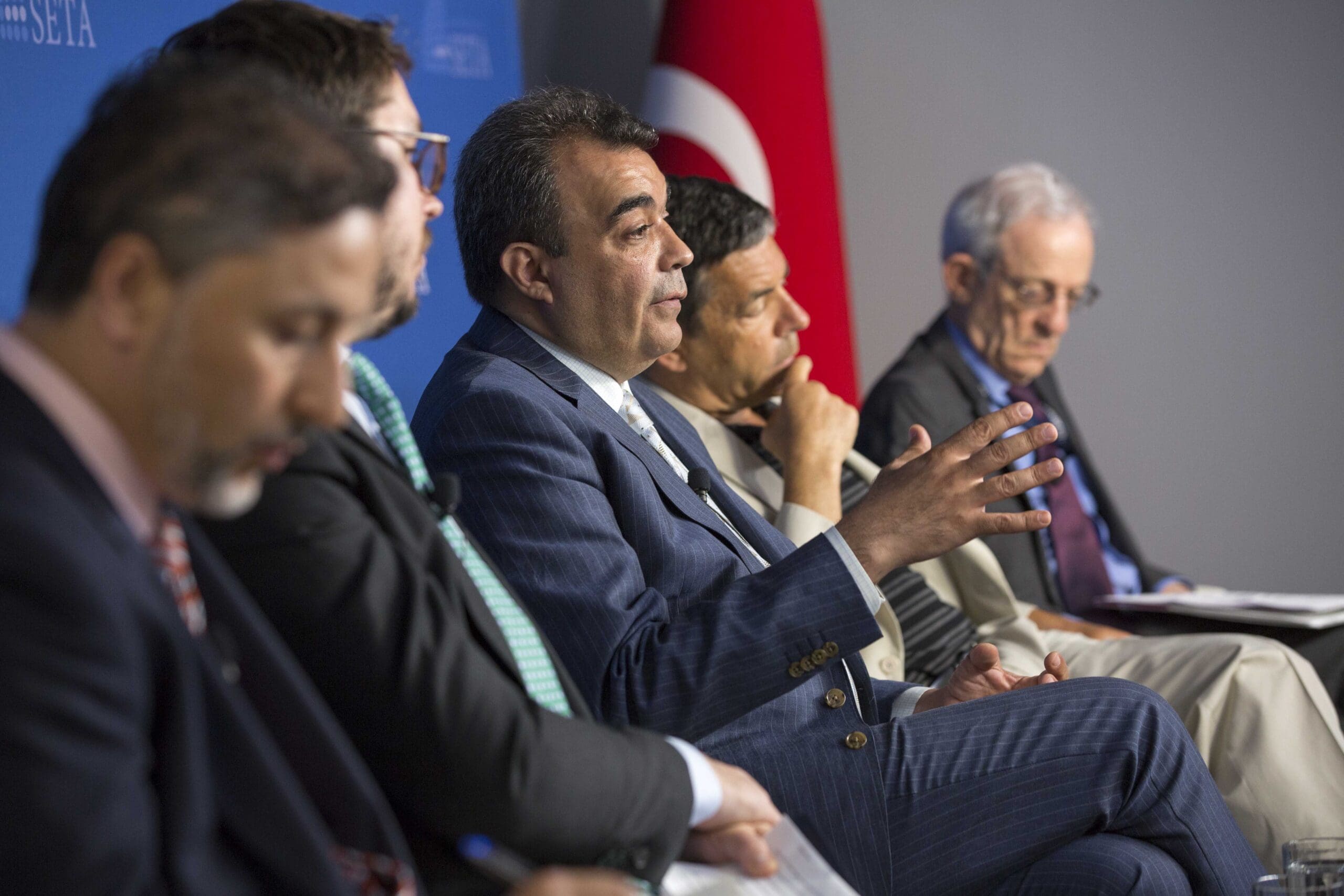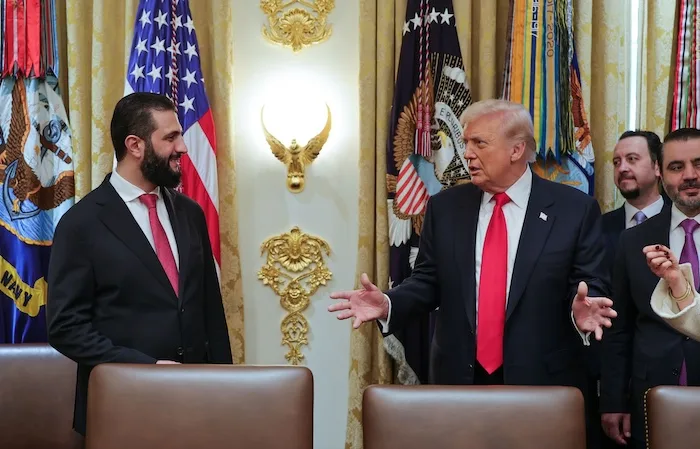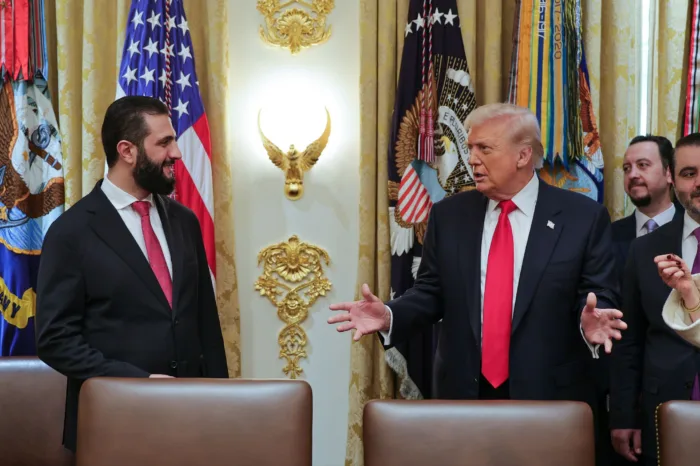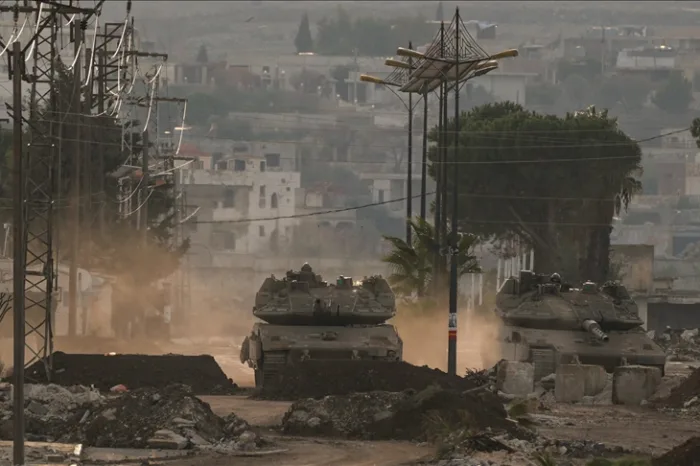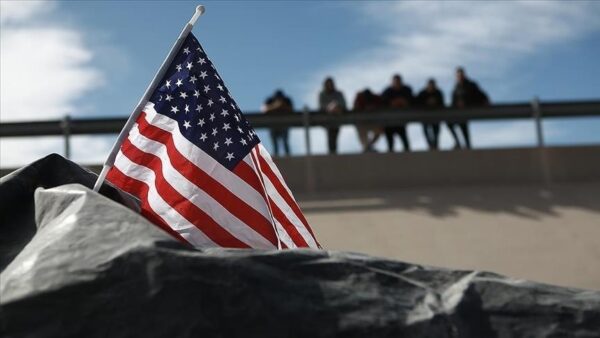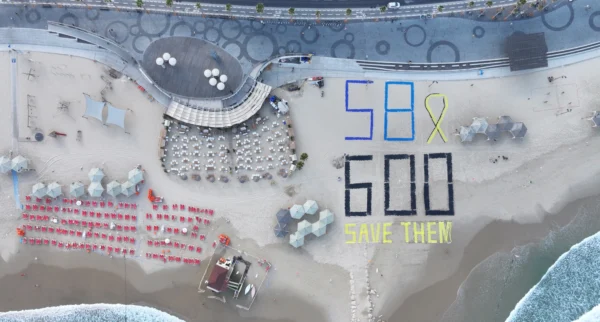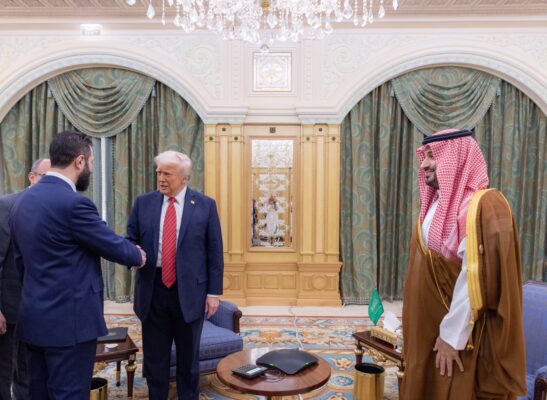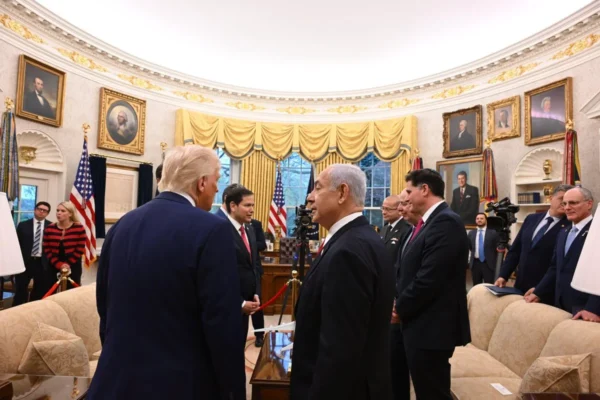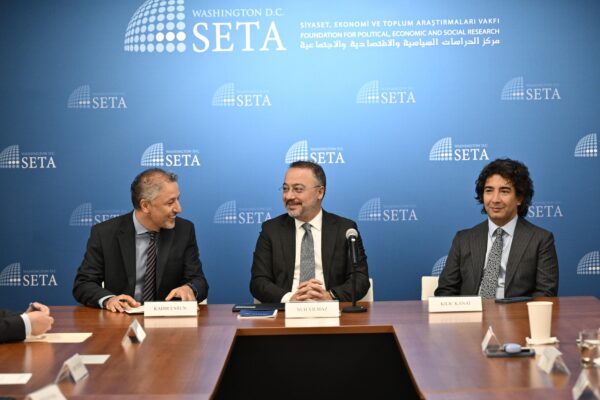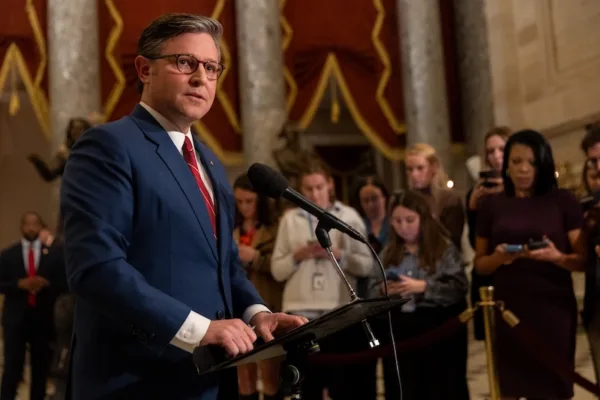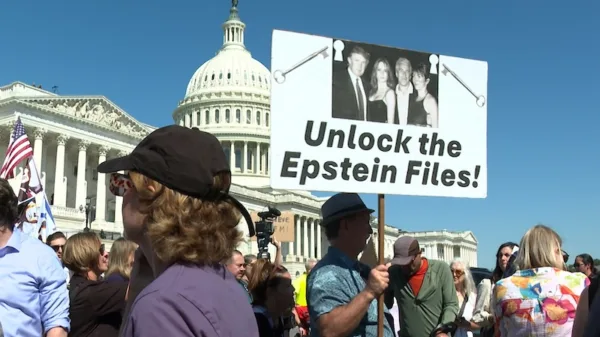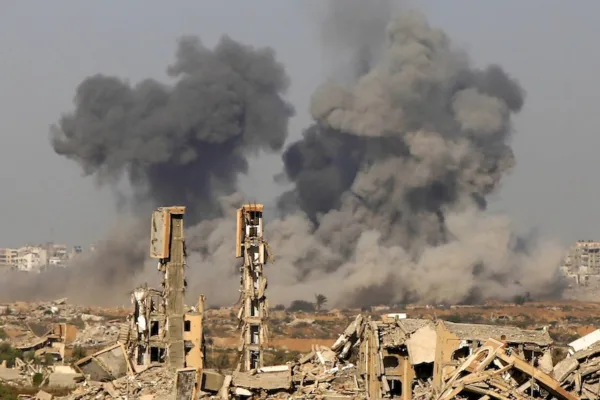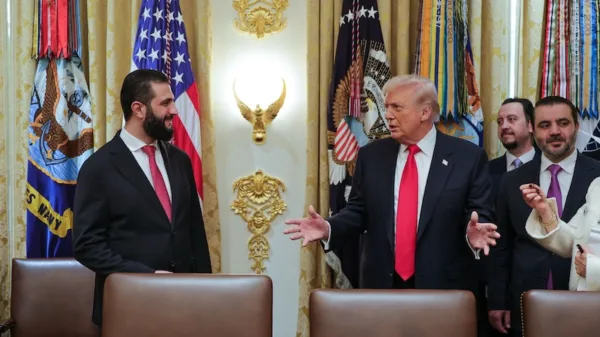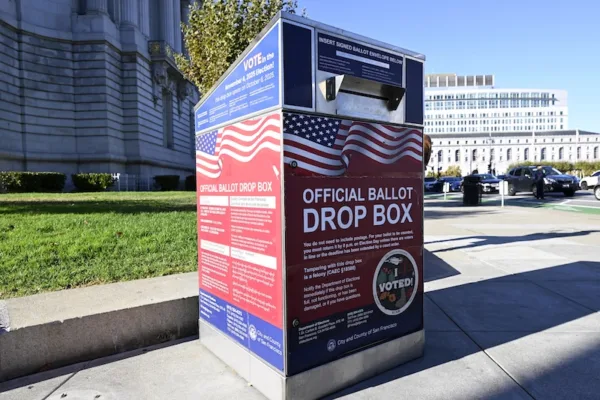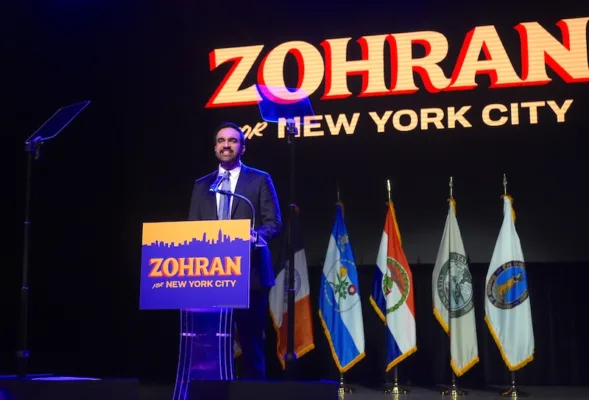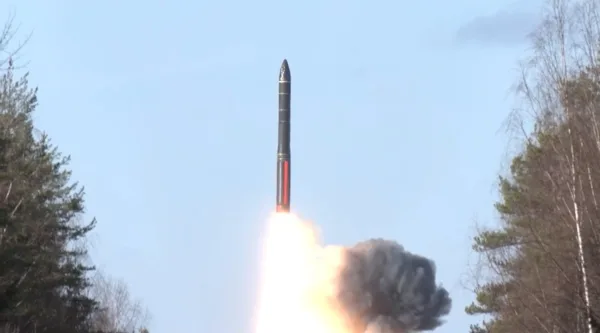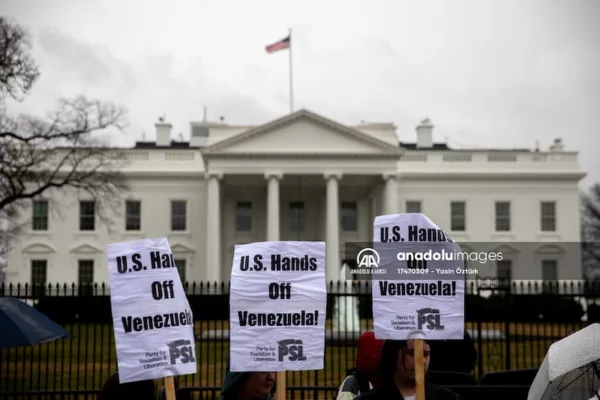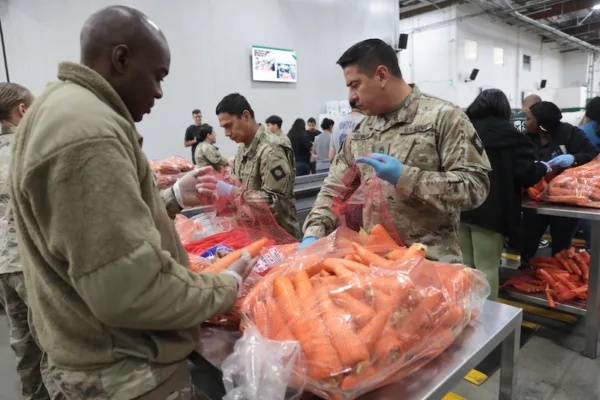Event Summary: The Fragile Ceasefire in Idlib and the Syrian Conflict
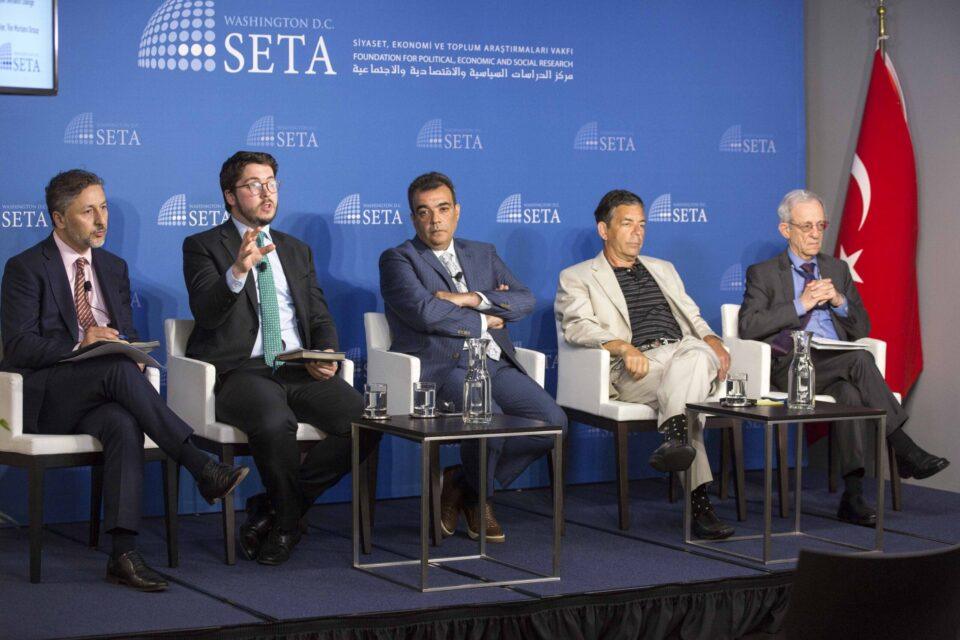
On May 30, 2019, the SETA Foundation at Washington D.C. hosted a panel discussion titled, “The Fragile Ceasefire in Idlib and the Syrian Conflict” moderated by Kadir Üstün, Executive Director at SETA DC. Panellists included Charles Lister, Senior Fellow and Director of Counterterrorism and Extremism Program at Middle East Institute; Daniel Serwer, Director of Conflict Management at School of Advanced International Studies; Bassam Barabandi, Co-founder and Director of External Relations at People Demand Change; and Jeff Aronson, Chairman and Co-founder at The Mortons Group.
Charles Lister provided a brief overview of the current situation in Idlib. He stated that all the establishments of de-escalation zones have been stopgap measures, with the inevitability of a confrontation in northwestern Syria. He said that althoug Idlib holds only 3 or 4% of the Syrian territory, 3 million Syrians are currently crumpled in Idlib. He described the strategy of the Syrian regime as making Idlib a dumping ground for the defeated fighters and terrorists.
Bassam Barabandi talked about how the people inside Idlib think. He stated that a high number of people, similar to the population of Ohio were displaced and they will never be able to come back to their lands. He believes that it is unlikely for the Syrian army to achieve anything without Russian air force or Iranian military support.
Jeff Aronson discussed the challenges that the Syrian regime faces. He observed that Syria attempts to expand its sovereignty across all its borders. He argued that the second challenge was that the Syrian regime needs to establish a monopoly of force within the areas that it claims sovereignty. From this perspective, he stated that one could see Idlib as yet another chapter in the Syrian state trying to establish sovereignty like it did in Golan Heights.
Daniel Serwer discussed the foreign policy implications for the United States. He thinks that the future of Idlib seems to be the worst scenario for the United States. He also described two scenarios for Northeast Syria. He recommended the United States administration either to go big and fix Syria or to get out from Syria completely.




